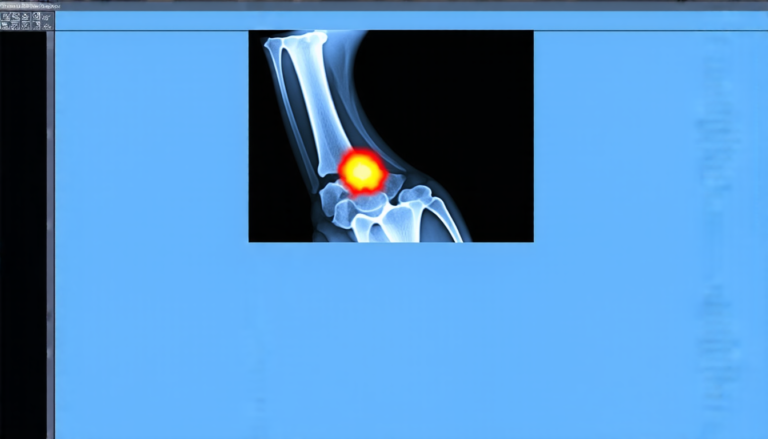Tuesday 24 June 2025
The quest for a seamless research infrastructure is an ongoing challenge in the scientific community. A recent study highlights the complexities involved in designing software that meets the diverse needs of various stakeholders. The findings underscore the importance of understanding the differences between researchers, engineers, and facility staff when it comes to developing systems for automated software publication.
In today’s digital age, software has become a crucial component of research, playing a vital role in modeling, simulation, and computational science. However, the process of publishing this software is often cumbersome and inconsistent across different disciplines. To address this issue, researchers have been working on developing infrastructure that can facilitate the automatic publication of research software.
The study in question aimed to investigate the challenges involved in designing such systems by surveying researchers and engineers from various backgrounds. The results showed significant disparities in how these stakeholders prioritize different system features. While researchers emphasized compatibility with existing infrastructure, facility staff placed greater value on user-centric aspects like usability and documentation.
One of the key findings was the existence of multiple stakeholder groups with distinct requirements, which creates a complex landscape for software development. For instance, researchers from different disciplines have varying levels of technical expertise, making it essential to design systems that can accommodate diverse user groups.
Another significant challenge identified by the study is the internal heterogeneity within each stakeholder group. Researchers, in particular, demonstrated varied approaches to software publication, with some coming from social sciences, humanities, or medical sciences. This highlights the need for domain-specific practices and cultural differences to be considered when designing research infrastructure software.
The survey also revealed that only half of the respondents who practice software publication use automated systems, leaving a significant proportion relying on manual processes. This raises questions about the cultural or technical barriers hindering widespread adoption of automated software publication solutions.
The study’s findings have far-reaching implications for the development of research infrastructure software. By understanding the complexities involved in designing such systems, researchers can create more effective and user-friendly tools that cater to the diverse needs of various stakeholders. Ultimately, this could lead to a more seamless and efficient research process, allowing scientists to focus on their core work rather than struggling with cumbersome software publication processes.
The study’s authors emphasize the importance of participatory design approaches and cross-disciplinary collaborations in addressing the challenges involved in designing research infrastructure software. By bringing together experts from different backgrounds and disciplines, researchers can develop systems that are more robust, flexible, and adaptable to diverse user groups.
Cite this article: “Designing Research Infrastructure Software for a Seamless Research Experience”, The Science Archive, 2025.
Research Infrastructure, Software Publication, Automated Systems, Usability, Documentation, Stakeholder Analysis, Participatory Design, Cross-Disciplinary Collaboration, Research Software, Scientific Community.







